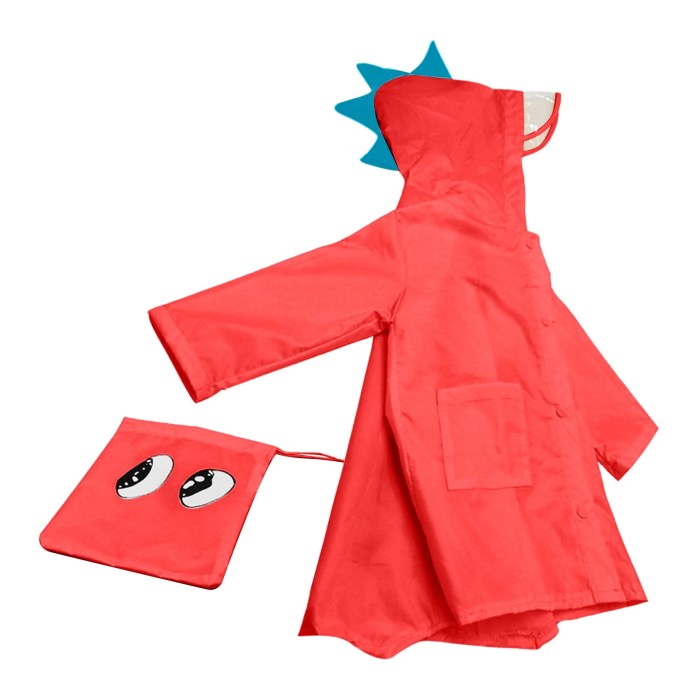Coloring Book Content & Structure: Coloring Books Kawaii Kids Coloring Sheets

Coloring books kawaii kids coloring sheets – This section details the themes, illustrations, and structure of a kawaii-themed children’s coloring book, designed to appeal to various age groups and incorporate subtle educational elements. The goal is to create engaging and developmentally appropriate coloring pages that are both fun and enriching.
Careful consideration of theme, illustration complexity, and age appropriateness are crucial for creating a successful coloring book. The following Artikels several key aspects of the design process.
Five Unique Kawaii Themes for a Children’s Coloring Book
The following five themes offer diverse options, catering to different interests and developmental stages:
- Magical Creatures: Featuring adorable unicorns, fairies, and other fantasy creatures in whimsical settings. This theme appeals broadly across age groups.
- Sweet Treats: Showcasing colorful cakes, candies, ice cream, and other delectable delights. This theme is particularly engaging for younger children.
- Ocean Friends: Showcasing cute sea animals like playful dolphins, friendly whales, and colorful fish. This theme promotes creativity and introduces children to marine life.
- Adventure Time: Featuring adorable characters embarking on exciting adventures, like exploring jungles, climbing mountains, or traveling to space. This theme encourages imaginative play.
- Rainbow World: Showcasing a vibrant world filled with rainbows, clouds, and happy animals, using bright, bold colors. This theme fosters creativity and a positive emotional response.
Sample Coloring Book Pages by Age Group
The following examples illustrate the varying complexity of illustrations for different age groups:
Preschool (Ages 3-5):
- Page 1: Simple Shapes and Large Images: This page features a large, simple image of a kawaii strawberry with large, easily colorable sections. Only a few basic shapes make up the design.
- Page 2: Matching Game: This page features pairs of identical kawaii animals (e.g., two bunnies, two cats). Children can color the pairs in matching colors, developing fine motor skills and color recognition.
- Page 3: Simple Pattern Practice: This page features a large, simple shape (like a circle or square) that children can fill with a simple repeating pattern, such as alternating colors or dots.
Early Elementary (Ages 6-8):
- Page 1: Slightly More Detailed Images: This page features a kawaii cat wearing a hat, with slightly more intricate details like whiskers and fur texture. The sections are larger, but more numerous than in the preschool section.
- Page 2: Simple Scene with Multiple Elements: This page features a simple scene, such as a kawaii picnic with a few easily recognizable objects like a basket, blanket, and food items. This encourages children to use their creativity and color coordination.
- Page 3: Simple Maze: A simple maze with a kawaii character at the start and finish, encouraging problem-solving skills alongside coloring.
Late Elementary (Ages 9-12):
- Page 1: Detailed Images with Fine Motor Skill Focus: This page features a complex kawaii character with many small details, such as intricate clothing or a detailed background. This challenges fine motor skills and concentration.
- Page 2: Complex Scene with Perspective: This page features a more complex scene with multiple characters and a background with perspective, encouraging creative storytelling through color and composition.
- Page 3: Mandala-style Design: A mandala-style design with a kawaii twist, incorporating symmetrical patterns and intricate details. This enhances focus and concentration.
Coloring Book Concepts Table
This table Artikels potential coloring book concepts based on theme, age group, illustration style, and page count.
| Theme | Age Group | Illustration Style | Number of Pages |
|---|---|---|---|
| Magical Creatures | Preschool – Early Elementary | Simple, bold Artikels, large areas | 20 |
| Sweet Treats | Preschool | Very simple, few details | 16 |
| Ocean Friends | Early – Late Elementary | Increasing detail and complexity | 24 |
| Adventure Time | Late Elementary | Detailed, complex scenes | 32 |
Incorporating Educational Elements into Designs, Coloring books kawaii kids coloring sheets
Educational elements can be subtly integrated into the designs to enhance learning while maintaining the fun and engaging nature of the coloring book.
- Preschool (Page with Numbers): A page featuring a kawaii number train with each carriage displaying a number (1-10) and a corresponding number of kawaii animals inside. Children color the train and count the animals.
- Early Elementary (Page with Letters): A page with a kawaii alphabet featuring each letter of the alphabet illustrated as a cute character (e.g., “A” as an adorable alligator, “B” as a cheerful bear). Children color the letters and learn the alphabet.
- Late Elementary (Page with Simple Words): A page with a scene showing kawaii animals performing simple actions. Each animal is labeled with a simple word describing the action (e.g., “jumping,” “sleeping,” “eating”). Children color the scene and learn the words.
Production and Distribution

Bringing your kawaii coloring book to life involves careful consideration of printing and distribution strategies to ensure both high-quality output and effective market reach. The choices you make in these areas will significantly impact your book’s success and profitability.Printing methods and paper selection play a crucial role in the final product’s aesthetic appeal and longevity. The cost implications of each option must also be weighed against the desired quality and target audience.
Effective distribution channels will ensure your coloring book reaches its intended consumers, maximizing sales potential. Finally, creating a digital version extends your reach to a broader market and provides an additional revenue stream.
Printing Methods and Costs
Several printing methods offer varying levels of quality and cost-effectiveness for coloring book production. Offset printing, a traditional method, provides high-quality results for large print runs, benefiting from economies of scale. However, the initial setup costs can be substantial. Digital printing, on the other hand, is ideal for smaller print runs and allows for greater flexibility in design and customization.
The per-unit cost is generally higher than offset printing, but it eliminates the need for large upfront investments. On-demand printing offers a hybrid approach, combining the benefits of digital printing with the ability to print only when needed, minimizing storage and waste. The cost per unit is often competitive, particularly for smaller runs, but may vary depending on the print provider.
Paper choice also significantly impacts cost and quality. Thicker, higher-quality paper, like cardstock, enhances the coloring experience but increases the overall cost. Lighter weight paper is more economical but may be less durable.
Distribution Channels
Three viable distribution channels for your kawaii coloring book include online marketplaces, retail stores, and subscription boxes. Online marketplaces such as Amazon and Etsy provide access to a vast customer base with established infrastructure for sales and fulfillment. This requires minimal upfront investment but involves competition and platform fees. Partnering with retail stores, such as bookstores or craft shops, provides a physical presence and potentially increased brand visibility.
This requires establishing relationships with retailers and negotiating distribution agreements, often involving wholesale pricing and inventory management. Subscription boxes specializing in children’s activities or creative supplies can provide targeted exposure to a niche audience. This requires identifying relevant subscription boxes and negotiating terms, typically involving providing samples and offering wholesale pricing.
Creating a Digital Coloring Book
Creating a digital version involves several steps. First, you’ll need to scan your artwork at a high resolution (at least 300 DPI) to ensure clarity on digital screens. Next, the artwork should be optimized for digital platforms; this may involve adjusting color palettes and file formats (e.g., converting to PDF or using a suitable app to create a digital coloring book).
Third, consider incorporating interactive elements, such as animations or sound effects, to enhance the user experience (though this adds complexity). Finally, the digital coloring book should be uploaded to appropriate app stores (Apple App Store, Google Play Store) or online platforms for sale or distribution. A well-designed digital version expands your market reach and offers an alternative revenue stream, complementing the physical book.
This could involve creating a dedicated app or using existing platforms designed for digital coloring books. Careful consideration of user interface design and platform compatibility is essential.
Kawaii coloring books and kids’ coloring sheets offer a delightful range of styles, from whimsical animals to vibrant landscapes. For a different, heartwarming approach, consider the charming illustrations found in the precious moments coloring book ; its nostalgic appeal complements the cuteness of kawaii designs. Ultimately, both styles provide wonderful creative outlets for children and adults who enjoy the relaxing pastime of coloring.



